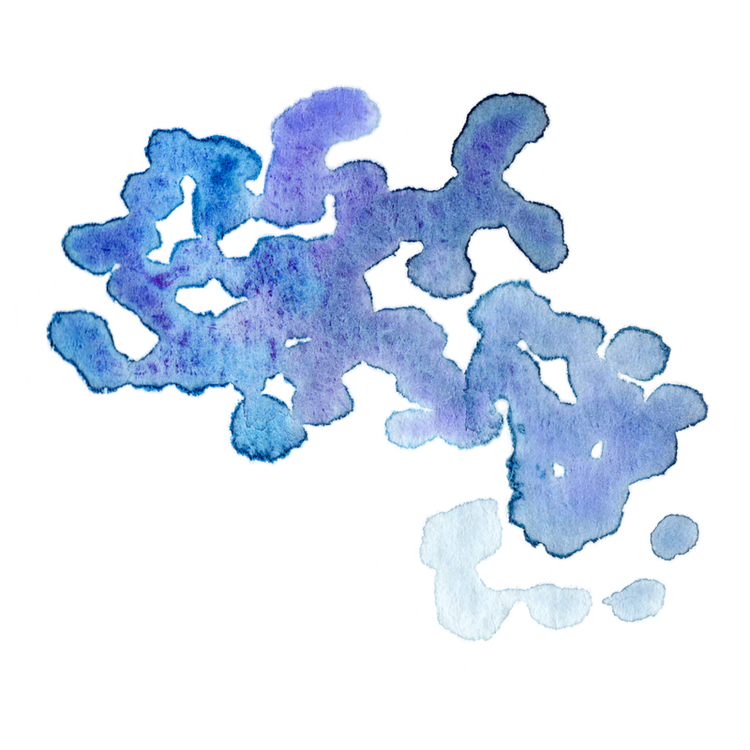
I have wanted a vintage huipil for a while now. The really good vintage ones are pretty pricey, so while I save my money for an old one, I made a quick and really affordable version of my own. Huipils are traditionally worn by indigenous women in Mexico and Central America. I mixed that traditional shape with a Japanese style sashiko stitch to embellish my DIY version.
Click the link below to read full instructions:
Below are some examples of traditional huipils.

Let’s get started, this is probably the easiest top you will ever make.

Supplies:
cotton fabric (one yard)
white embroidery thread
measuring tape
tailor’s chalk
needle
pins
sewing machine optional

Start with measuring and cutting. You’ll fold the fabric at 25 inches up, this fold will be approximately the top of the shoulder part. Then make it 25 inches wide. So, in total it will be 50 inches tall and 25 wide. Once you’ve measured (twice) and cut, fold your fabric in half so you are looking at a square piece 25 inches tall, 25 inches wide with a fold at the top.


Next, we are going to cut out the neck hole. You can either just measure from the center or print out this template and center it on the fold, then cut. Either way, you’ll need the dimensions from this template to make your cuts.




The next step you can either do with a sewing machine or by hand. Measure, fold and pin a half inch seam on each side. You can either hand sew this seam, or machine sew it. Obviously it will go quicker with a machine, but if you do a hand stitch, consider a blanket stitch for a more embellished look. Sew both sides all the way along the edge.



Now that your sides are seamed, it’s time to finish the neck edging. I used a tailor’s buttonhole stitch to get the look I was going for, but you could also use a blanket stitch or machine stitch the edges for a clean seam. I used this tutorial to learn the tailor’s buttonhole stitch. Basically, you just wrap the thread once around the needle every time you come up for a stitch.

Now comes the fun part! You get to add decorative embroidery to the neck area. You can choose as big of an area as you want to. I made mine relatively small, but as you can see from my inspiration images, some of the embroidery covers the entire garment. This is where I used some Japanese inspiration and did traditional sashiko stitching around the neck. I drew an outline around the area I wanted to cover.


Then made guidelines so I would be able to keep my vertical stitches straight. The sashiko stitches are super simple, just stitch up and down along your vertical lines. Keep going all the way across your embroidery area. You don’t even need an embroidery hoop for these stitches. Once your vertical lines are done, you can add a few horizontals, creating little plus signs for added visual interest.


Again, I drew an outline with tailor’s chalk around the area I wanted horizontal lines.


Then I added the horizontal lines in a small area.

Once you feel done with the decorative part, the last step is to finish your arm holes. You absolutely have to try it on to get the underarm seam in the right spot. Pull the shirt over your head and get it settled on your shoulders. Now pin under your arm, I suggest using a mirror to make sure it covers your bra, but still gives you enough space to be comfortable. Don’t worry if the “top” of your shirt doesn’t match up with your original fold line you made in step one.

Once you determine where your underarm seam starts, put a pin there and then take off the shirt. I wanted a loose, crop style, so I only sewed 4.5 inches down from this spot, but if you don’t want such a loose fit, you can sew further down.

I used a tailor’s buttonhole stitch again here to match my neck seam. Once you do one side, fold your garment in half and pin the opposite side to match.

Sew your second side.
At this point, the back is probably shorter than the front, I chose to leave it like this, but if you want to even them out, cut the front a few inches shorter. I also left my bottom edge ragged, but if you like a cleaner look, go ahead and seam the bottom edges.

I hand washed mine to get rid of the chalk marks and it was ready to wear.
Congrats! You now have your very own huipil. I think my materials on this were $6 for the fabric, and maybe $1 of embroidery thread. I spread this project out over three days, but in total probably spent less than 3 hours on it. Pretty good deal knowing the vintage ones run $100+, but totally understandable considering the amount of time embroidery takes.
